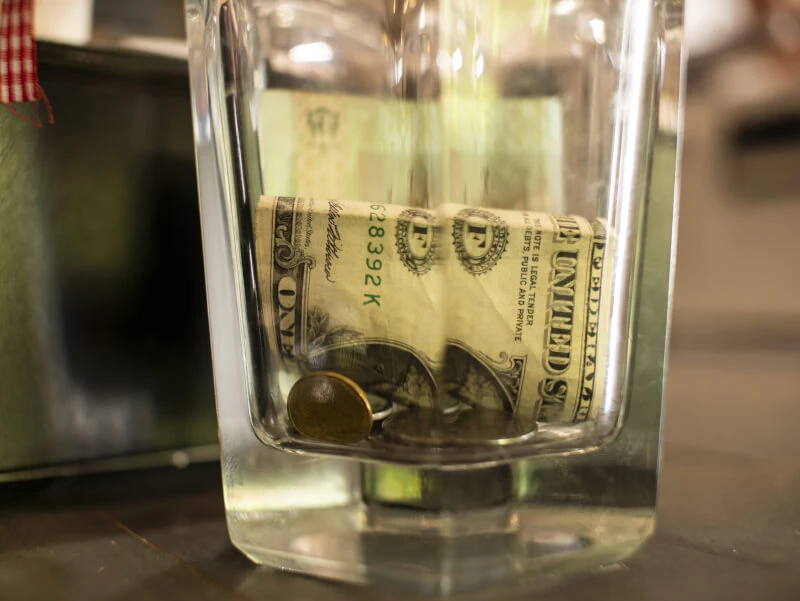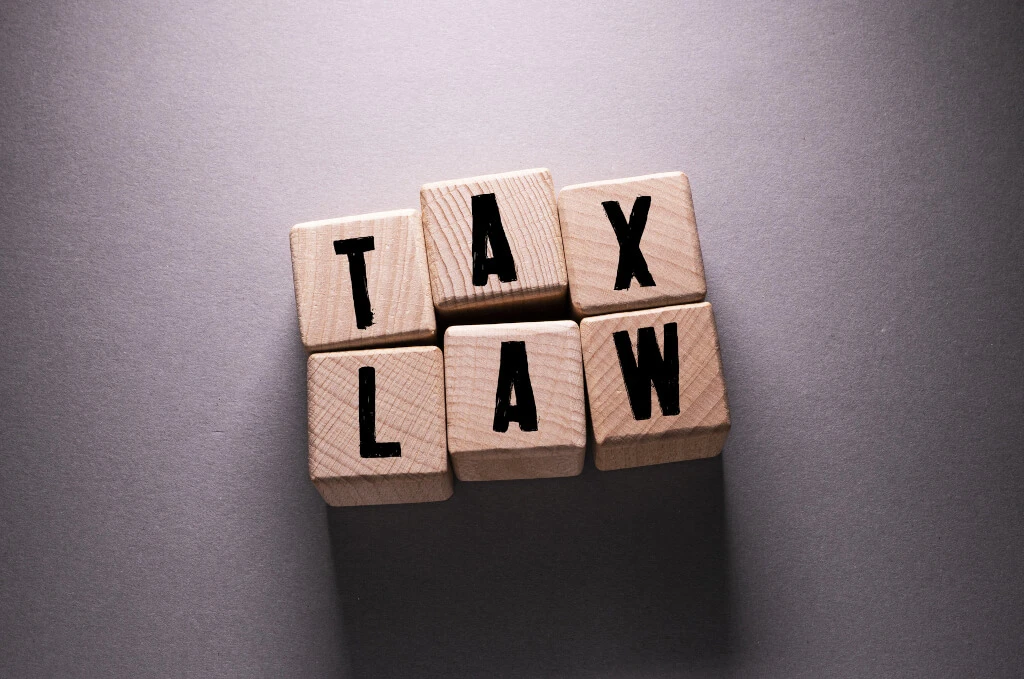Prohibition and Excise Taxes
The temperance movement and Prohibition era in the USA (1920-1933) left a significant imprint on the American alcoholic beverage industry. Spirits, including whisky and gin, were targeted due to their higher alcohol content and the perceived societal harm they could cause. Thus, post-Prohibition, the higher taxation rates for spirits as compared to beer were established to both control consumption and generate revenue. Europe, with its rich history of distilling, has its legacy of taxes, often based on century-old excise duties and trade wars.
ABV and Consumption Patterns
Alcohol by volume (ABV) plays a role in how beverages are taxed. Beer typically ranges from 4% to 6% ABV, while spirits like whisky and gin start at 40%. Given the potency, spirits can be consumed in lesser quantities to achieve similar effects as larger volumes of beer. Taxation structures often aim to tax based on potential intoxication. From a taxation perspective, it’s not just about volume and the potential effect it has on consumers.
States apply their respective taxes on distilled spirits, often considering the higher ABV of these beverages as compared to beer. By connecting ABV with tax rates, as seen in our examples below, we get a tangible grasp on how alcohol content directly impacts the cost to the consumer. It underscores the rationale behind varying tax rates for spirits and beer:
| State | Tax per Gallon on Distilled Spirits | Practical Example |
|---|---|---|
| California | $6.87 | A 750ml bottle at 40% ABV incurs a tax of about $1.29 |
| Texas | $2.40 | Buying a 750ml bottle at 40% ABV? You’re taxed $0.45 |
| New York | $6.44 | For a standard 750ml bottle at 40% ABV, you pay $1.20 in tax |
| Florida | $6.50 | If you pick a 750ml bottle at 40% ABV, expect a $1.22 tax |
| Illinois | $8.55 | That 750ml bottle at 40% ABV? It has a tax of $1.60 |
| Ohio | $10.38 | Purchasing a 750ml bottle at 40% ABV means a tax of $1.95 |
| Georgia | $3.79 | On a standard 750ml bottle at 40% ABV, the tax is $0.71 |
Notes:
- The listed taxes are levied by the state and do not include additional local taxes that might apply.
- The practical examples calculate tax for a standard whisky bottle size (750ml) at a typical ABV of 40%.
- Always refer to the respective state’s official documentation for precise and updated tax information. Rates might vary based on special categorizations or discounts.
This breakdown is a mere snapshot of the diverse taxation landscape across the USA. Each state’s tax rate can be influenced by various factors, such as state-specific revenue needs and public health considerations.
Production Costs and Economic Impact

The production of whisky and gin demands distinct processes and longer maturation periods, especially for aged spirits. Beer, on the other hand, has a relatively shorter production timeline. The associated costs of storing whisky for years before it’s sold are substantial. Some argue that the higher taxes on spirits account for this storage and the real estate it occupies, though it’s a point of contention among distillers.
Cultural Perception and Social Impact
Historically, spirits were often associated with societal issues such as public intoxication and health concerns. Beer, being a drink of the masses and having less alcohol per serving, was seen in a more benign light. Even in Europe, where distilled beverages like Scotch and Cognac have deep roots, they’ve been occasionally targeted for heavier taxation due to perceived societal effects.
The Lobby Power and Market Share
The beer industry, both in the USA and Europe, has wielded substantial lobbying power. Major beer corporations, with their vast resources, have often influenced tax policies to their advantage. Meanwhile, the spirit industry, especially craft distillers, has been historically fragmented, thus wielding less consolidated influence on tax policies.
International Trade
Europe, with its tapestry of nations each proud of their alcoholic beverages, has long used spirits as leverage in trade negotiations. Scotch whisky, French cognac, and gin have all been players on the international stage. Differences in tax rates can, at times, reflect trade strategies rather than purely domestic considerations. For instance, protecting local spirit industries or retaliating against trade disputes can be reflected in tax structures.
Regulation and Control
Both in the US and Europe, spirits have been subjected to stricter regulations than beer. Think about the tight controls over Scotch whisky’s production or the protected designation of origin (PDO) standards in Europe. These tight regulations often bring added layers of scrutiny, and in some cases, higher taxation becomes a tool of control and revenue generation for authorities.
Environmental Considerations
Modern taxation discussions sometimes broach the topic of sustainability. Distilling spirits can be resource-intensive, particularly water usage for whisky. Some argue that a higher tax rate could indirectly account for the environmental footprint of these spirits, although no tax code explicitly states this as a reason.
Craft Distillers vs. Big Brewers
The craft distilling movement, particularly in the USA, has argued that the tax differences disadvantage smaller producers. Large breweries can absorb tax hits due to volume and economies of scale, whereas a craft distillery, with limited production, might find taxes on spirits more burdensome.
To provide you with a broader perspective and idea of what craft distillers face when it comes to taxation policies, we have broken it down for you, offering some adopted strategies that you could implement:
Tax-Related Challenges
- Initial Capital Outlay: Starting a distillery requires significant capital, for equipment and the overheads of raw materials. However, with the looming tax burden, many craft distillers find it challenging to ensure a positive cash flow, especially in the early stages.
- Maturation Waiting Period: Whisky, in particular, requires aging. This means that after investing heavily in production, distillers might wait years before selling their product, all while facing the constant financial pressure of taxes.
- Price Point Pressure: Larger brewers and distillers can spread their tax burden across vast production volumes, resulting in competitive pricing. Craft distillers, producing in smaller batches, often find themselves at a pricing disadvantage due to the tax-induced inflation of their costs.
- Limited Scale and Scope: Craft distilleries, by nature, have a limited production scope. Taxes become a fixed overhead, which can be burdensome when the production output isn’t expansive.
- Distribution Challenges: Due to the high tax implications and resulting price points, many distributors might be reluctant to stock craft spirits over mass-produced alternatives, given the perception of a slower turnover.
Strategies Adopted by Craft Distillers
- Direct-to-Consumer Sales: By setting up tasting rooms and selling directly to consumers, craft distillers can increase their margins. This allows them to absorb the tax hit more comfortably and also build a loyal customer base.
- Collaborative Initiatives: Joining forces with other small distillers or local businesses can amplify their lobbying power. This collective voice can be used to push for more favorable tax regulations or exemptions.
- Value-Added Experiences: To justify higher price points due to tax burdens, many craft distillers enhance the customer experience. Offering distillery tours, workshops, or limited-edition batches can create a value perception that goes beyond the product itself.
- Diversified Product Line: Instead of solely focusing on spirits that require aging, some craft distillers produce unaged spirits or other beverages that can be sold immediately, ensuring a more consistent cash flow.
- Engaging with Local Communities: Craft distillers often emphasize their local roots, which resonates with consumers and garners community support. In turn, this can sometimes lead to local or state tax relief or grants aimed at supporting local businesses.
The Health Argument
Spirits, due to their high ABV, have been linked to health concerns when consumed in excess. Beer, although not exempt from health debates, usually gets a softer treatment in public discourse. Governments might use taxes as a deterrent to excessive consumption, though this argument works both ways, as excessive consumption of any alcoholic beverage poses health risks.
Amid this complex interplay of history, economy, culture, and politics, it’s evident that the taxation landscape for alcoholic beverages is multifaceted. As aspiring whiskey distillers or industry enthusiasts navigate this intricate terrain, understanding the underpinnings of these tax structures becomes vital.

